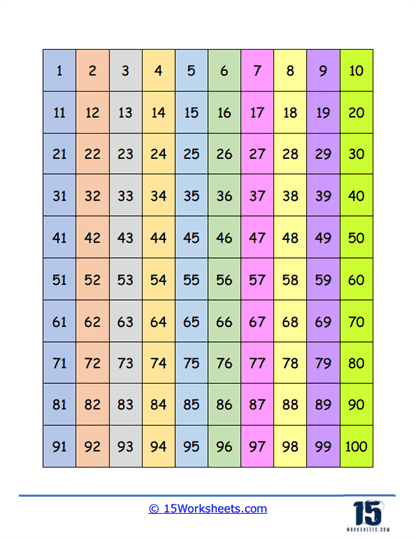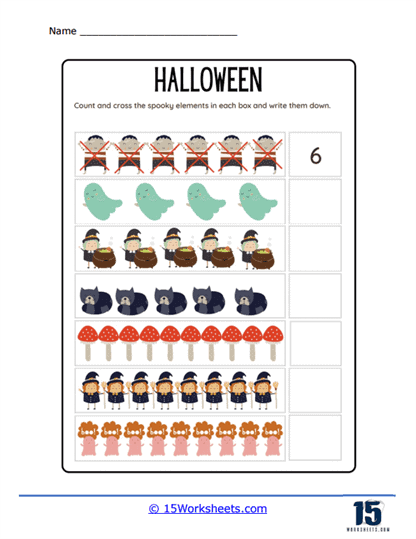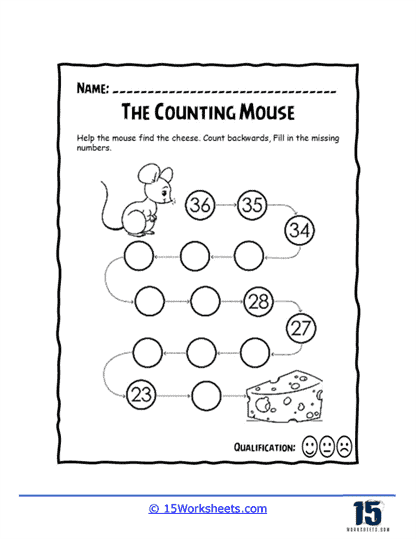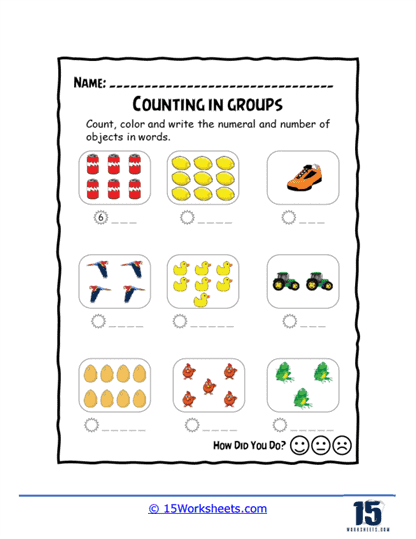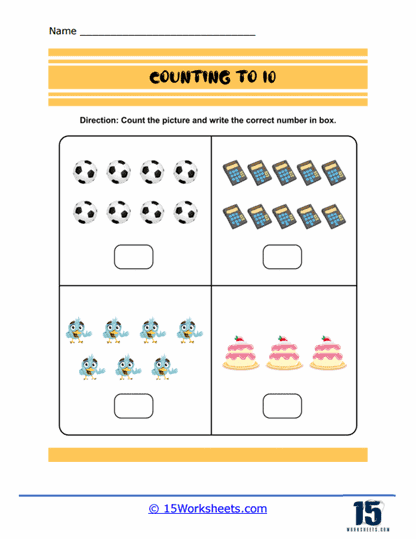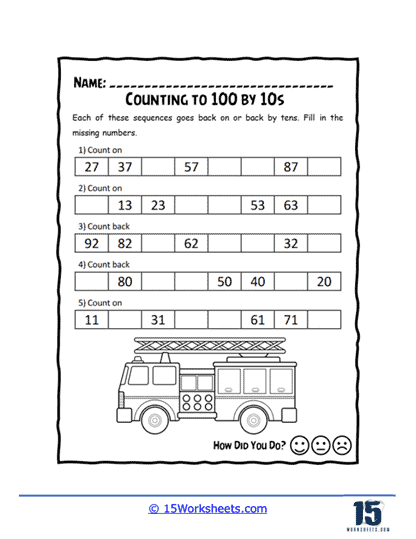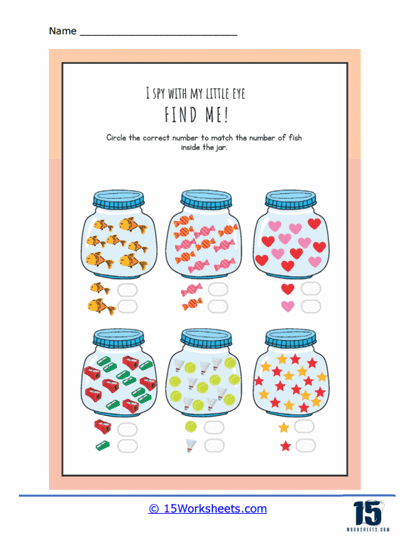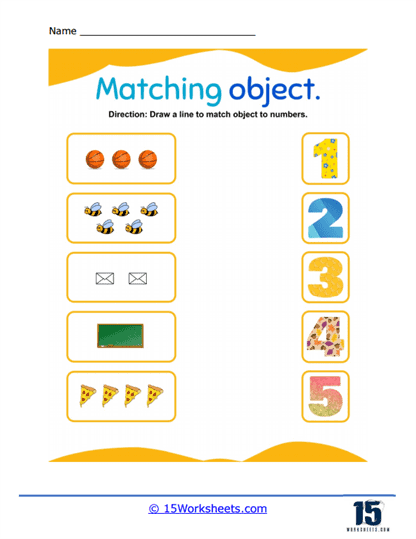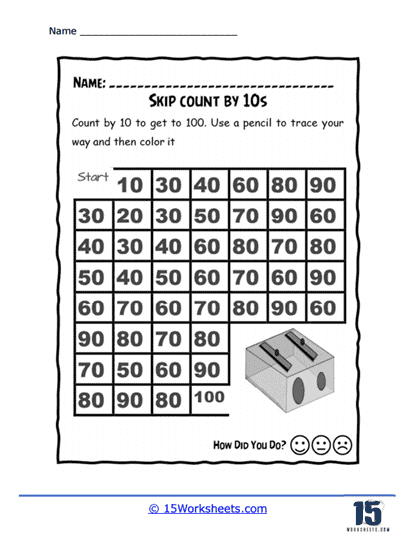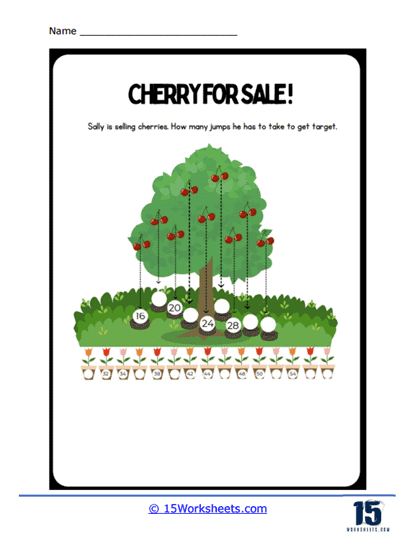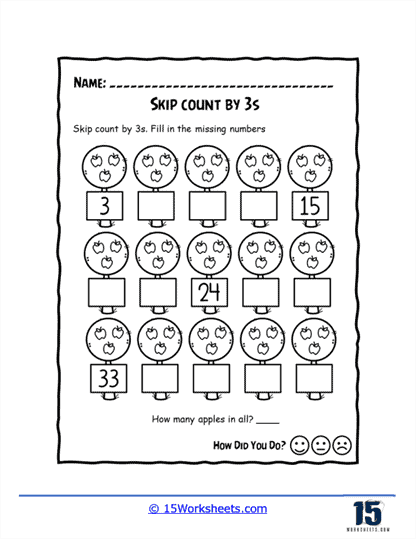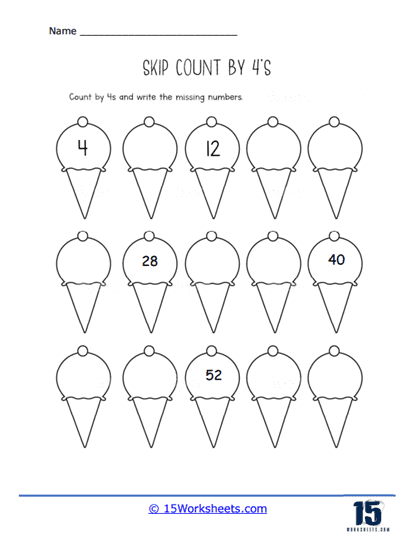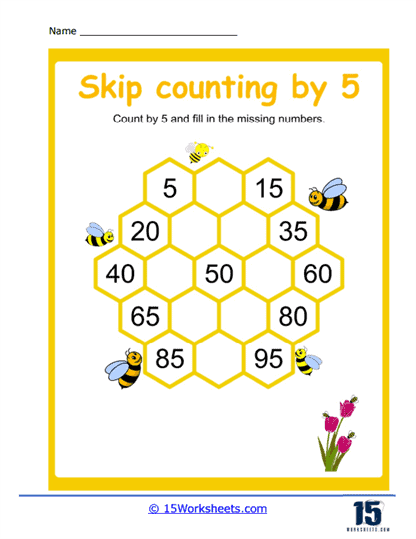Counting Worksheets
All About These Worksheets
This series of Counting Worksheets is designed to develop foundational numeracy skills, enhance number recognition, and foster a love for mathematics. Through a variety of engaging exercises, students will strengthen their ability to count, recognize number patterns, and develop a solid understanding of numerical concepts. From basic counting activities to number sequencing and number identification, these worksheets provide a range of interactive tasks that make learning numbers an enjoyable adventure. This collection also serves as a valuable tool for building numeracy skills, enhancing visual perception, and promoting critical thinking in young learners. Through these worksheets, students will:
- Count objects and write the corresponding number, strengthening basic counting skills and number recognition;
- Learn to count backwards by filling in the missing numbers, fully grasping the concept of number recognition;
- Match the coins to their corresponding names, fostering an appreciation for the practical applications of counting;
- And count objects in ten, two, three, four, and five frames and write the corresponding number, promoting subitizing skills and developing number sense.
Through this engaging series of Counting worksheets, young learners will develop essential numeracy skills and foster a solid foundation in mathematics. By participating in activities that involve counting objects, subitizing, and number sequencing, students will enhance their ability to recognize and understand numerical concepts. These worksheets provide opportunities for hands-on exploration, critical thinking, and visual perception.
By engaging with these exercises, students will develop confidence in their counting abilities, strengthen their number recognition skills, and develop a deeper understanding of the concept of numbers. Ultimately, this collection serves as a stepping stone for a lifelong journey of mathematical discovery and lays the groundwork for future mathematical explorations.
How to Teach Kids Counting Skills
Teaching kids to count is an essential skill that lays the foundation for more advanced mathematical concepts. Start by teaching your child to count from 1 to 10, using your fingers to demonstrate and encouraging them to follow along. Visual aids, such as flashcards or counting books, can help children associate numbers with their corresponding quantities, promoting number recognition skills. Encourage counting everyday objects, like toys or snacks, to reinforce the concept that numbers represent quantities. Make counting a part of your daily routine, and use songs or rhymes to make it more engaging and enjoyable.
Playing simple counting games, such as hide-and-seek or board games that involve counting spaces, can make learning to count more interactive. Teach one-to-one correspondence by touching or pointing to each object as your child counts, and introduce the concept of number order by arranging objects in a sequence. As your child becomes more comfortable with counting, gradually increase the range of numbers they can count to, such as 1 to 20 or 1 to 50.
Introduce skip counting (counting by twos, fives, or tens) to help your child develop a sense of number patterns and make counting larger quantities more manageable. Remember that children learn at different paces, so be patient and provide praise and encouragement as your child develops their counting skills. By incorporating counting into everyday activities and using a variety of strategies, you can help your child build strong counting skills that will serve as a foundation for future mathematical concepts.
How Often Do We Count?
The number of times we count in a day can vary significantly depending on our daily activities, occupation, and personal habits. In general, we tend to count more frequently than we may realize, as counting is often an integral part of many everyday tasks.
For example, some common instances where we might count throughout the day include:
- Keeping track of time, such as counting minutes or hours.
- Counting money, such as when making purchases or counting change.
- Measuring ingredients while cooking or baking.
- Counting steps while walking or exercising.
- Keeping track of repetitions during a workout.
- Managing schedules or appointments.
- Counting items, such as inventory for work or personal belongings.
- Playing games that involve counting, such as card games or board games.
These are just a few examples of when we might count during our daily lives. The actual number of times we count in a day will depend on individual circumstances and activities. Some people may count more frequently due to their jobs, such as accountants, statisticians, or retail workers, while others may count less frequently. Nonetheless, counting remains an essential skill for navigating various aspects of everyday life.

